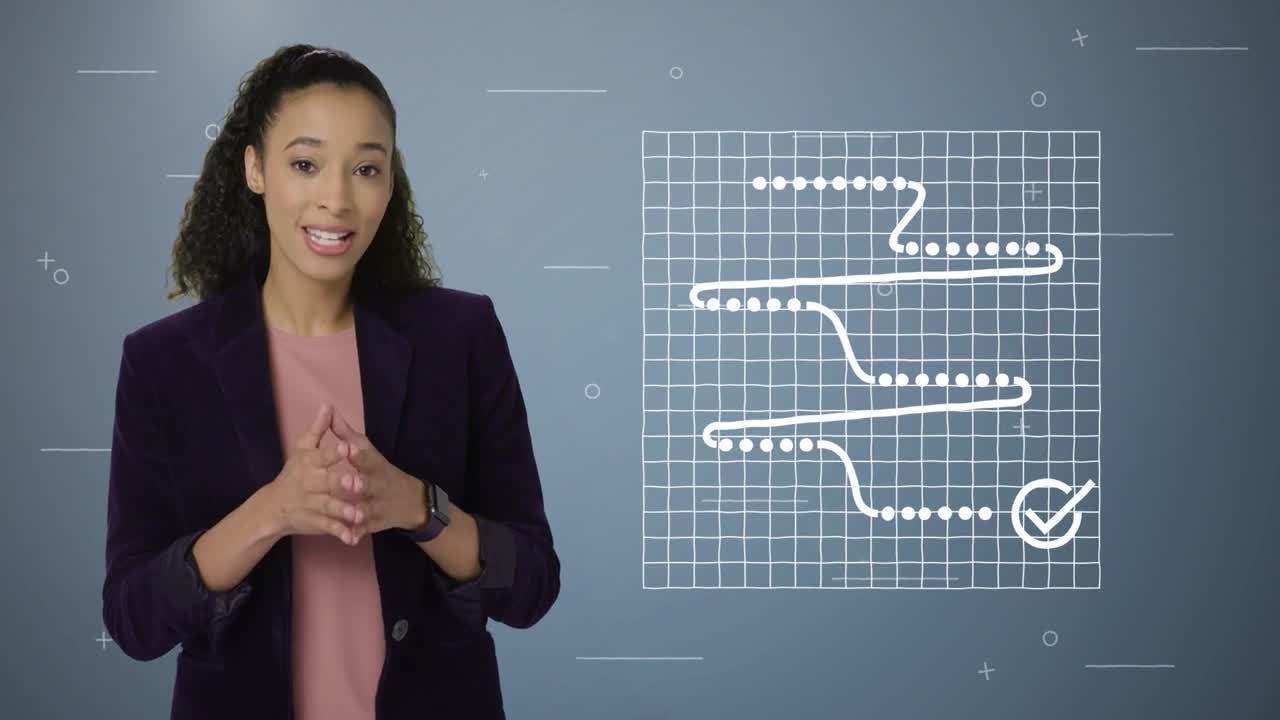Natural Language Processing vs Natural Language Understanding
Remember diagramming sentences in school? Turns out the computer does it better (and more easily.) The machine disassembles language — in order to assemble a human-like understanding. That’s the beginning of Natural Language Processing.
Understanding Is the Key to Natural Language Search
Most QA systems are nothing more than keyword matches with a robust FAQ. Our system goes deep to understand intent — including determining synonyms.
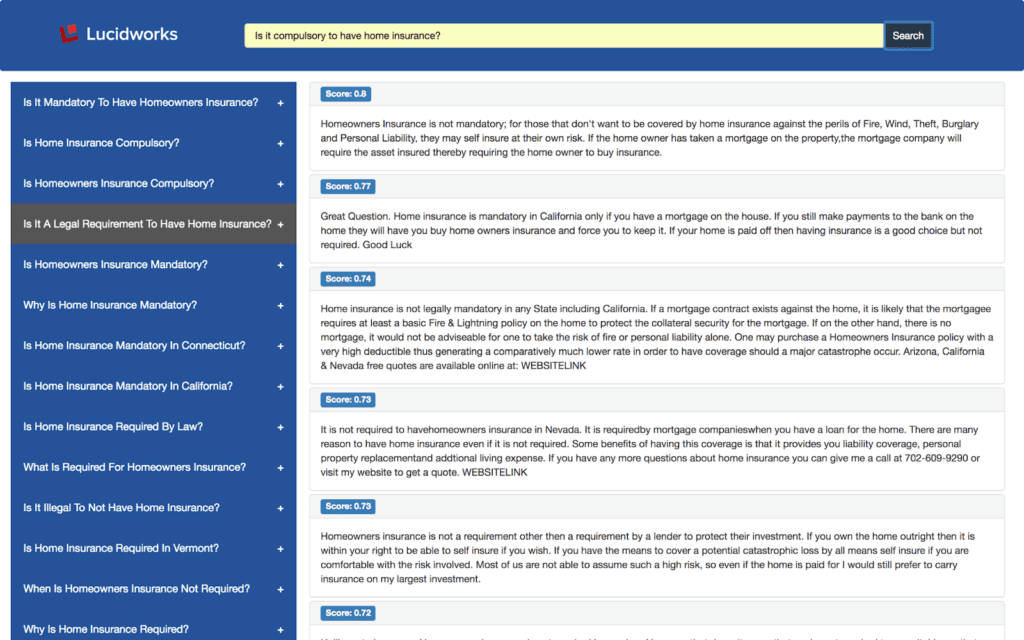
Search Box Just Starts the Quest
Most search starts with a keyword or two. Then we add or eliminate words to refine the results. Once you get that list of links — you need to open, download, and devour — before finding the right answer.
But what if we could skip all those steps?
How Natural Language Search Engines Work
A natural language search engine must be able to take the request (whether spoken or typed into a box) break it into parts of speech, figure out what you’re looking for — and what you aren’t, and what to include and turns it into the query that it can submit to a database or search system in order to return the results right back to you.
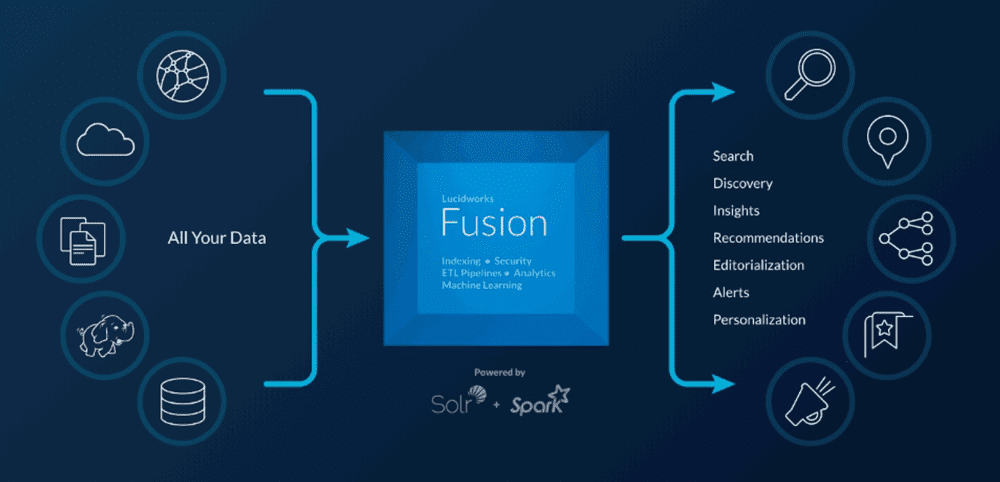
Elements of AI-Powered Search
Visit the Lucidworks AI Hub for more information about Generative AI and Search.

Augmented Intelligence
There’s nothing artificial about intelligence. Augmented intelligence is when AI extends human judgment instead of replacing it.

Machine Learning
Machine learning and search engines are a incredible combination for creating powerful experiences for customers and employees.

Clustering & Classification
How clustering and classification algorithms can improve the search experience for your employees and customers.
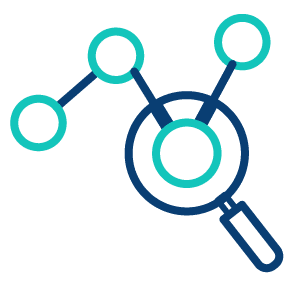
Query Analysis
Underperforming queries aggravate everyone. Head/tail analysis stops it.
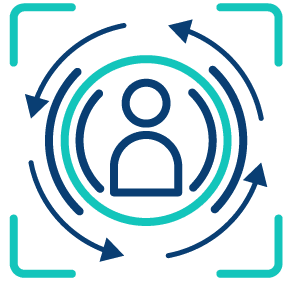
Signal Capture & User Behavior
Users are constantly telling you what they like and what they don’t. Are you listening? Predict user intent by applying signals.

Indexing
The best search applications index all of a company’s data so users have one unified search experience.

Hyper-Personalization
Personalization is about addressing people by name. Hyper-personalization is figuring out what they really want.
Natural Language Search
What if we could talk to computers in the same way we talk to people. Natural language search gets you there.
